Few wildlife encounters compare to witnessing penguins waddling across beaches, diving through frigid waters, or nurturing their chicks in vast colonies. These charismatic birds captivate wildlife enthusiasts with their tuxedo-like appearance and remarkably human-like behaviors.
Here is a list of 20 incredible destinations where you can observe different penguin species in their natural habitats, from the icy shores of Antarctica to the surprisingly warm beaches of Africa and South America.
Boulders Beach, South Africa
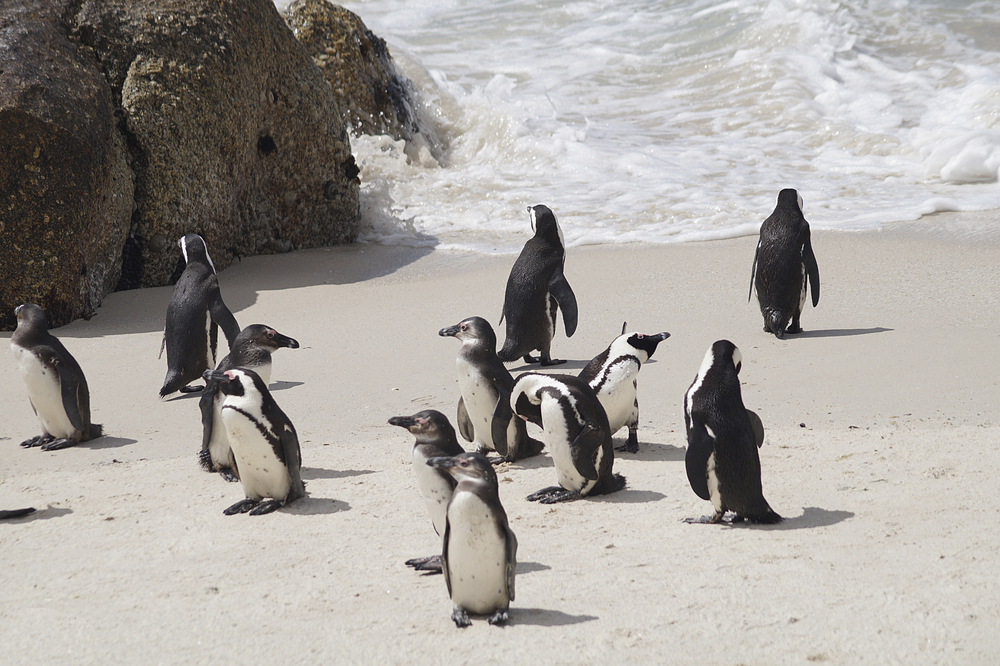
Just 25 miles south of Cape Town, this sheltered cove hosts a thriving colony of African penguins that settled here in 1982 and never left. Visitors can walk along boardwalks that wind directly through the colony, often coming within a few feet of these charismatic birds as they go about their daily business.
The warm climate makes this one of the most accessible penguin viewing locations in the world, with no special cold-weather gear required.
Galápagos Islands, Ecuador

The Galápagos penguin is the only penguin species that lives at the equator, making these islands a unique destination for penguin spotting. These small penguins can be seen while snorkeling around Isabela and Fernandina Islands, often darting past swimmers with impressive underwater agility.
The entire wild population consists of fewer than 2,000 individuals, making each sighting particularly special.
Like Travel Pug’s content? Follow us on MSN.
Phillip Island, Australia
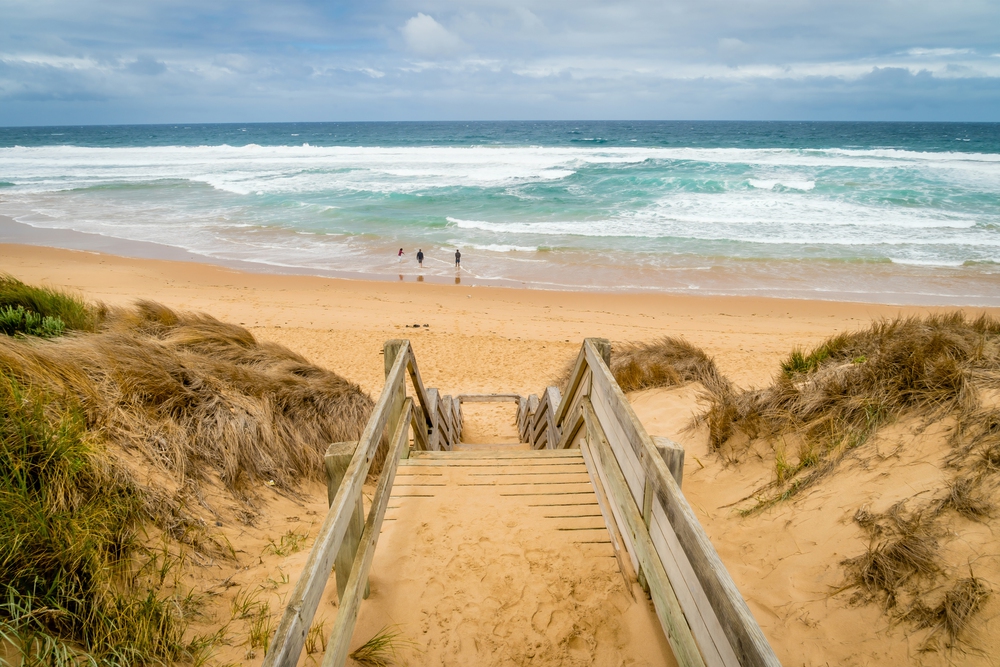
Just 90 miles from Melbourne, this island hosts the famous ‘Penguin Parade’ where visitors gather at dusk to watch little penguins—the world’s smallest penguin species—return from fishing trips to their beach burrows. The island’s conservation center provides viewing platforms that allow visitors to observe the penguins without disrupting their natural behaviors.
Nearly 32,000 breeding pairs call this island home, creating quite the spectacle during the evening commute.
Falkland Islands
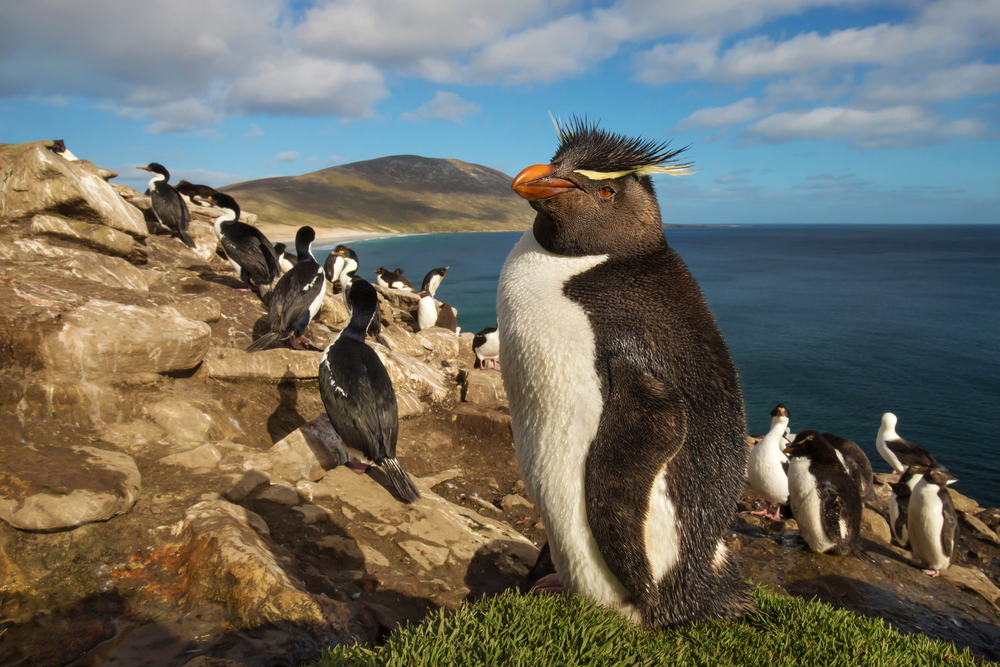
These remote islands host five penguin species, including the colorful king penguin and the bouncy rockhopper with its distinctive yellow eyebrows. Volunteer Point offers one of the most accessible king penguin colonies outside of Antarctica, where hundreds of birds can be observed against a backdrop of white sand beaches.
The islands’ relatively small human population means penguins often outnumber people, creating pristine viewing conditions.
South Georgia Island

This sub-Antarctic island hosts the world’s largest king penguin colony at St. Andrews Bay, where over 100,000 breeding pairs create a breathtaking sea of black, white, and orange. The island also features massive colonies of macaroni and gentoo penguins spread across its mountainous terrain.
Visitors typically arrive via expedition cruise ships that navigate the notoriously rough waters of the Southern Ocean.
Like Travel Pug’s content? Follow us on MSN.
Macquarie Island, Australia
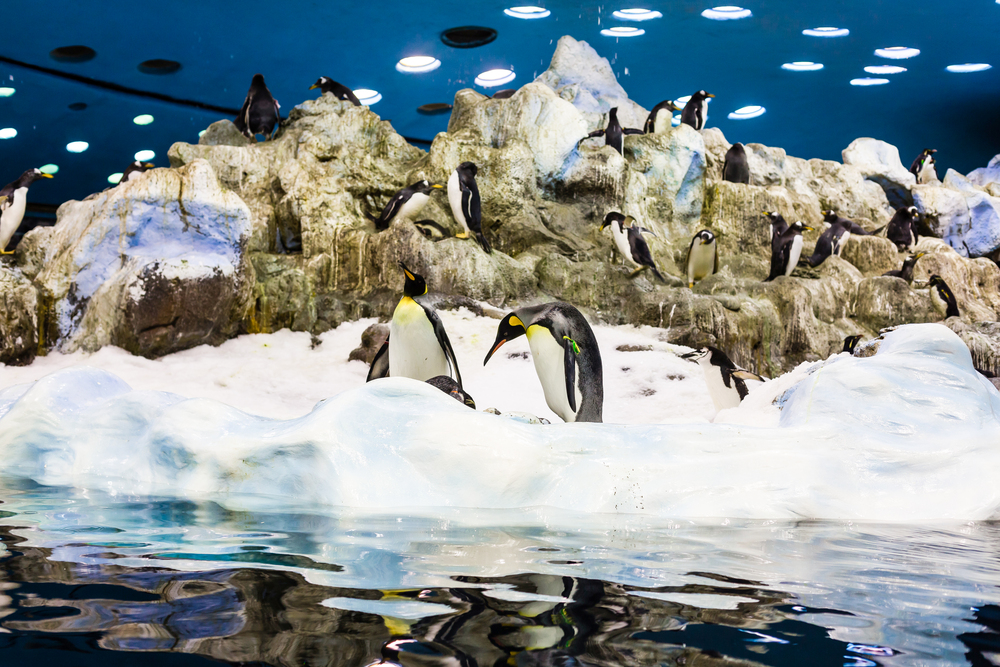
This UNESCO World Heritage site sits halfway between Australia and Antarctica and serves as a breeding ground for royal, king, Gentoo, and rockhopper penguins. The island’s royal penguin colony contains roughly 850,000 individuals—nearly the entire world population of this species.
Access requires special permits and typically involves traveling aboard research vessels or specialized expedition ships.
Stewart Island, New Zealand

This southernmost inhabited island of New Zealand offers chances to spot the rare yellow-eyed penguin, one of the world’s most endangered penguin species. The island’s Rakiura National Park provides protected habitat for these shy birds, best spotted at dawn or dusk when they travel between nesting sites and feeding grounds.
Local guided tours take visitors to remote beaches where these distinctive penguins can be observed from a respectful distance.
Martillo Island, Argentina
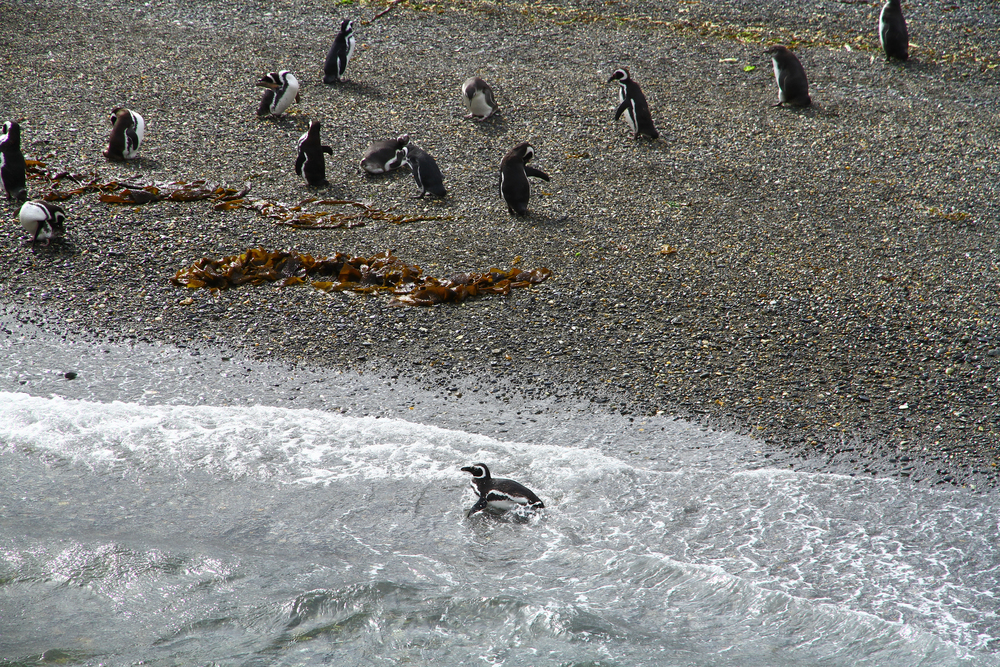
Just off the coast of Ushuaia in Tierra del Fuego, this small island hosts both gentoo and Magellanic penguins from September through April. Guided tours allow visitors to walk among the approximately 1,000 breeding pairs as they tend their nests and chicks.
The dramatic backdrop of the Beagle Channel and surrounding mountains adds to the experience of visiting this remote outpost.
Like Travel Pug’s content? Follow us on MSN.
Cape Horn, Chile
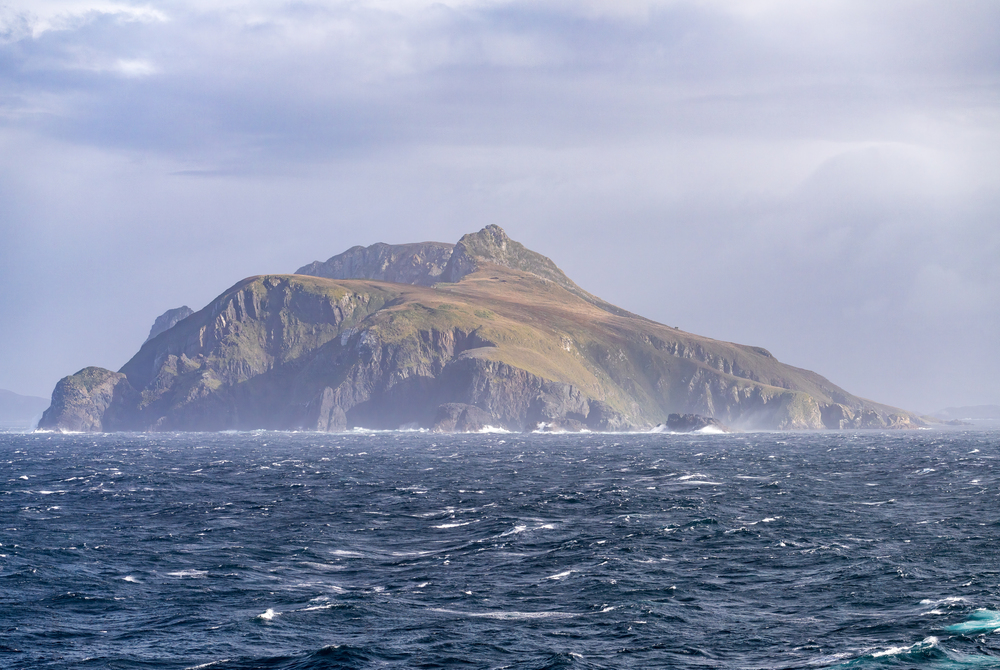
The southernmost headland of the Tierra del Fuego archipelago offers opportunities to spot Magellanic penguins navigating the notoriously rough waters where the Atlantic and Pacific Oceans meet. The penguins here have adapted to some of the harshest weather conditions on Earth, with winds frequently exceeding 60 miles per hour.
Most visitors arrive by expedition cruise ships that make weather-dependent landings when conditions permit.
Peninsula Valdés, Argentina
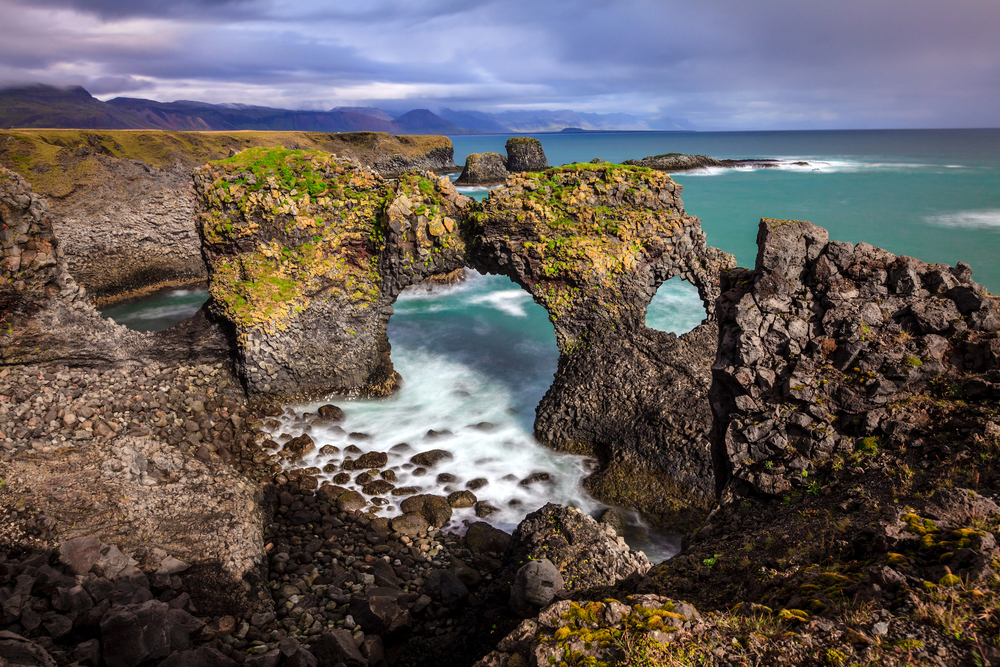
This UNESCO World Heritage site on Argentina’s Atlantic coast hosts one of the largest Magellanic penguin colonies in the world at Punta Tombo, where over a million penguins arrive each year to breed. Visitors can walk along designated paths through the colony, observing penguins digging burrows, caring for chicks, and engaging in courtship rituals.
The best viewing occurs between September and March when the penguins are most active on land.
Antarctica Peninsula

The most accessible part of the Antarctic continent offers opportunities to see Adelie, chinstrap, and gentoo penguins in pristine polar environments. Expedition cruises make landings at various sites where visitors can observe thousands of penguins against backdrops of glaciers and icebergs.
The absence of land predators in Antarctica means the penguins show little fear of humans, often approaching curious visitors with equal curiosity.
Like Travel Pug’s content? Follow us on MSN.
Snares Islands, New Zealand
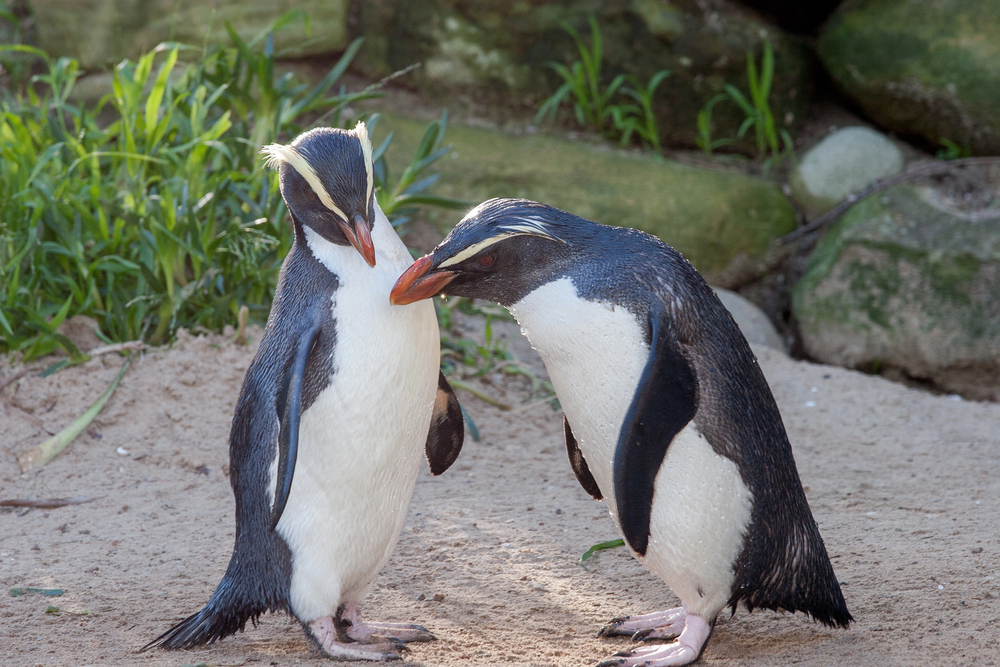
This isolated subantarctic island group is home to the Snares penguin, which nests nowhere else on Earth. The entire breeding population of approximately 30,000 pairs is concentrated on these predator-free islands, where they nest among dense forest rather than open ground.
Access is highly restricted to protect the pristine ecosystem, with most viewing done from small boats that cruise close to shore.
Akaroa, New Zealand

This historic French settlement on New Zealand’s South Island offers opportunities to see the white-flippered penguin, considered by some scientists to be a variant of the little penguin. Local boat tours take visitors to remote coves where these penguins nest in rock crevices and abandoned rabbit burrows.
The penguins are most active at dawn and dusk when they travel between nesting sites and feeding grounds.
Chiloe Island, Chile

This large island off Chile’s coast hosts significant populations of Humboldt and Magellanic penguins, particularly in the Puñihuil Natural Monument, where both species breed alongside each other in a unique overlapping habitat. Boat tours circle the offshore islets, where hundreds of penguins nest among the rocky terrain.
The area represents the northernmost breeding site for Magellanic penguins and the southernmost for Humboldt penguins.
Like Travel Pug’s content? Follow us on MSN.
Robben Island, South Africa

Famous as the prison that once held Nelson Mandela, this island near Cape Town has also become an important breeding site for African penguins. Tours of the historical prison now include opportunities to observe the penguin colony that has established itself along the island’s rocky shores.
The penguins here have become symbolic of the island’s transition from a place of confinement to one of conservation.
Oamaru, New Zealand
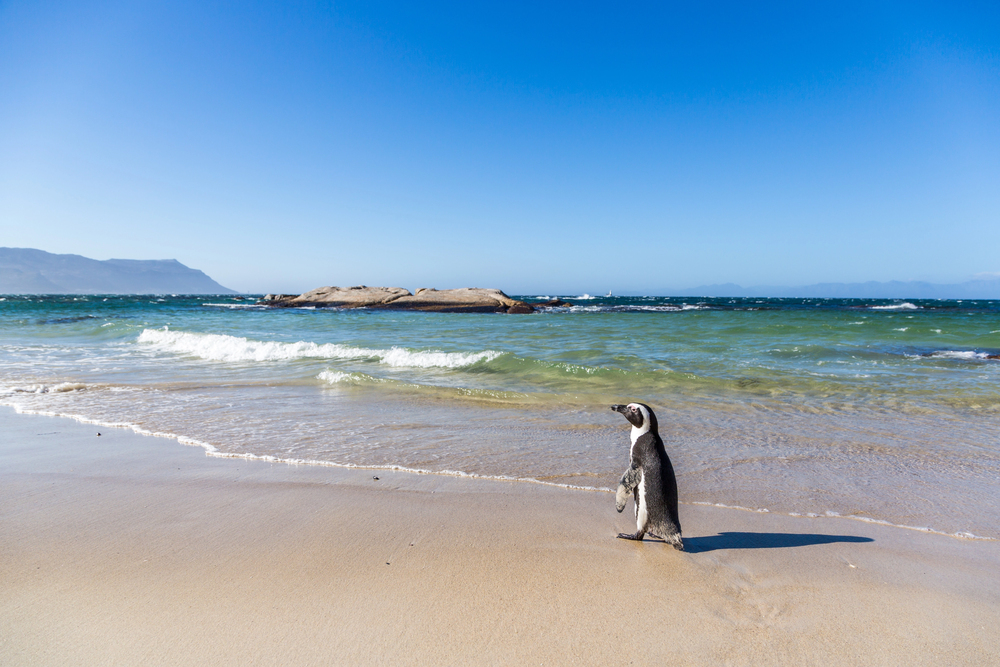
This charming coastal town on New Zealand’s South Island hosts colonies of little blue penguins, the world’s smallest penguin species. The local Blue Penguin Colony offers covered grandstands where visitors can watch hundreds of penguins return from the sea at dusk in what locals call the “penguin rush hour”.
The town has embraced its penguin population, incorporating penguin themes into local art and architecture.
Cuverville Island, Antarctica

This small island in the Antarctic Peninsula is home to one of the largest gentoo penguin colonies in the region, with approximately 6,500 breeding pairs. The island’s gentle slopes create an amphitheater-like setting where visitors can observe penguins traveling between nesting sites and the ocean.
The surrounding glacial scenery provides a stunning backdrop for penguin watching and photography.
Like Travel Pug’s content? Follow us on MSN.
Campbell Island, New Zealand

This remote subantarctic island hosts eastern rockhopper penguins and the occasional errant royal penguin. The island’s protected status as a nature reserve means human visitors are rare, creating pristine conditions for wildlife observation.
Access typically involves specialized expedition cruises that include this island in longer subantarctic itineraries.
Otago Peninsula, New Zealand

Just outside the city of Dunedin, this peninsula offers some of the world’s best opportunities to observe yellow-eyed penguins in their natural habitat. Local conservation efforts have established viewing hides and blinds that allow visitors to watch these endangered penguins without causing disturbance.
The penguins here must navigate steep coastal slopes to reach their nesting sites, creating dramatic scenes during the daily commute.
Saunders Island, Falklands

This remote island hosts four penguin species: Gentoo, King, Rockhopper, and Magellanic—all viewable within relatively short walking distances. The island’s dramatic geographic feature, ‘The Neck,’ creates a natural isthmus where visitors can simultaneously view different penguin colonies on opposite shores.
Overnight stays in local farm accommodations allow for extended penguin viewing during the golden hours of dawn and dusk.
Like Travel Pug’s content? Follow us on MSN.
Our Enduring Fascination
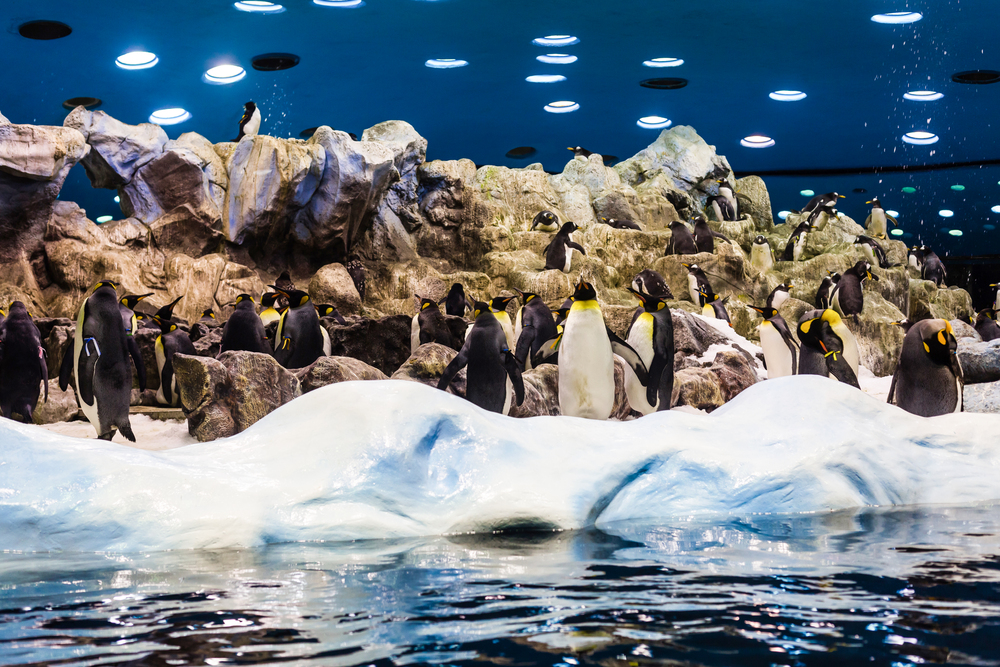
From the scorching beaches of South Africa to the frozen shores of Antarctica, penguin habitats span a surprising range of environments across the Southern Hemisphere. These remarkable birds have adapted to some of Earth’s most extreme conditions while maintaining the charming behaviors that make them beloved worldwide.
As climate change threatens many penguin populations, responsible wildlife tourism helps fund conservation efforts that may ultimately determine the future of these iconic birds.
More from Travel Pug

- Cities Growing so Fast You Won’t Recognize Them in 10 Years
- 13 Destinations Where Tourists Regularly Regret Their Trip
- 16 U.S. Cities That Are Quietly Becoming Travel Hotspots
- Where to Travel If You Love Long Bus Rides and Daydreams
- 20 Cities Perfect for Solo Travelers Who Crave Adventure & Culture
Like Travel Pug’s content? Follow us on MSN.
